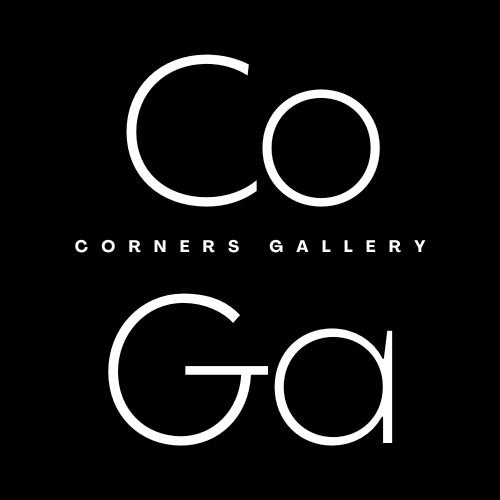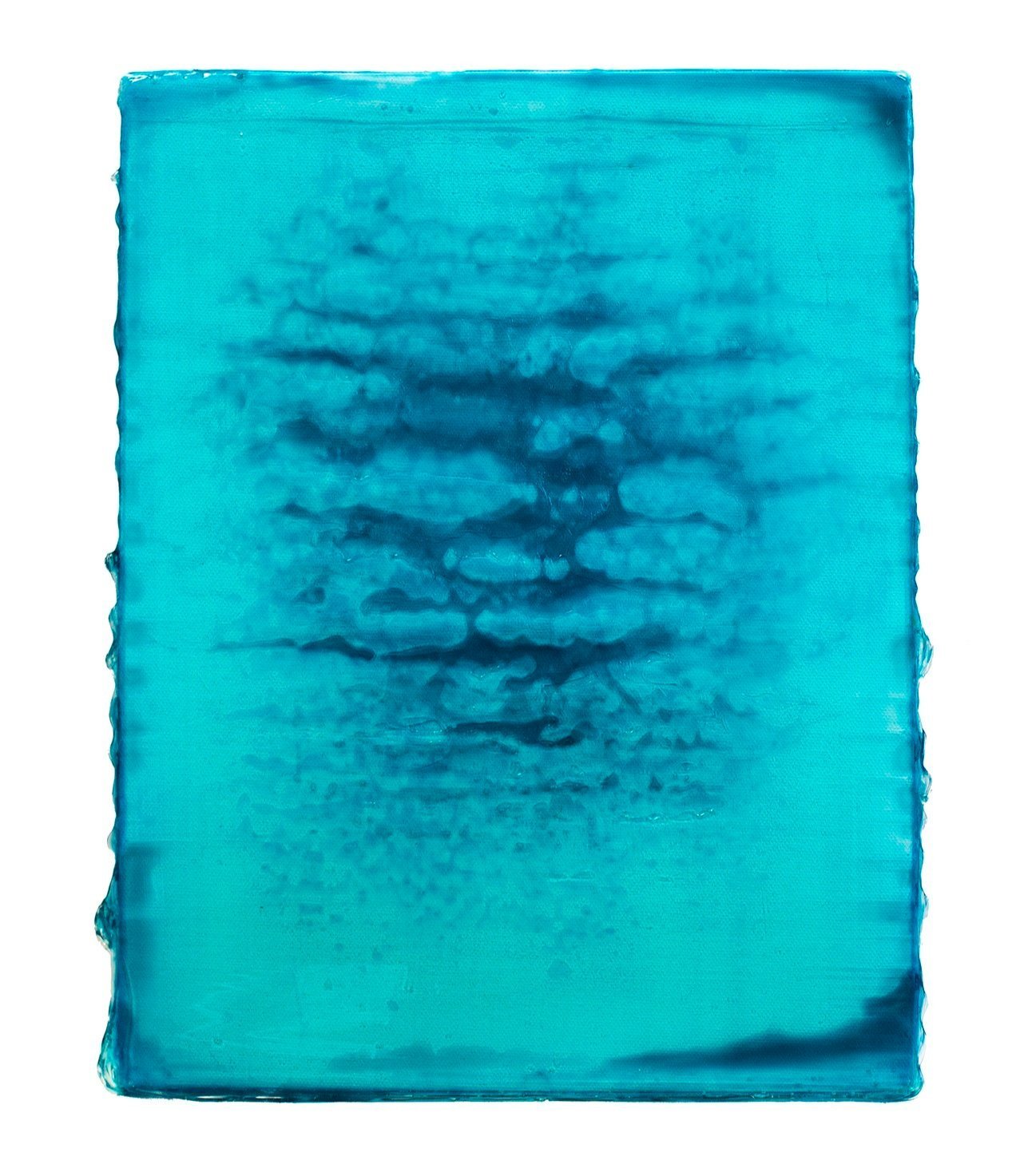PROCEDURAL SPIRIT
Paintings by Stefan Zoller
On view Sept 7 - Oct 31
Bio:
Stefan Zoller (b. 1986, New York) is a visual artist based in Rochester, NY. Zoller earned an MFA in Painting from Syracuse University in 2016 and a BA in Studio Art from Houghton University in 2008. From 2008-2010, he worked as an apprentice to the painter Thomas S. Buechner in Corning, NY.
Zoller is an Assistant Professor at Nazareth University, where he teaches painting and drawing. His work has been exhibited in group and solo exhibitions nationally and internationally, including solo exhibitions Bone Memory at SLA307 in New York City and Strata at Hiram College’s Gelbke Gallery in Hiram, OH. Zoller’s work was recently featured in the 68th Finger Lakes Exhibition at the University of Rochester’s Memorial Art Gallery and Symbiosis and Interrogation at the Haidai Art Museum in Shandong, China.
Artist’s Statement:
In terms of process and time, my work incorporates a broad spectrum of applied labor. Within that spectrum lies colors, textures, and atmospheres rooted in the natural world. Landscapes can be transformed over eons with the steady flow of river water, the ebb and flow of ocean tides, or the creeping movement of glaciers. Likewise, a flood, earthquake, or volcanic eruption can reshape the earth in a matter of minutes. The procedural spirit of my work pulls from these extremes, and in doing so become metaphors for the ever-shifting landscape and our relationship to it.
While traditional landscape painting often orients itself as an illustration of nature, my work is concerned with its formation. Gravity, sedimentation, erosion, deposition, fissuring, stalactite formation - and above all else, pressure - are combined and layered in a manner that emphasizes the unpredictability and irregularity of natural processes.
Despite the profusion of links to the natural world, my work readily references the human-made surface upon which it’s built. These surfaces are uniform and conventional in the sense that they all possess four right angles, a smooth, flat surface, and a convenient scale. With each new layer of material, their edges become increasingly irregular and their surfaces become increasingly sculptural. This relationship between surface and applied material deepens the metaphor and relationship between humanity and the natural world.
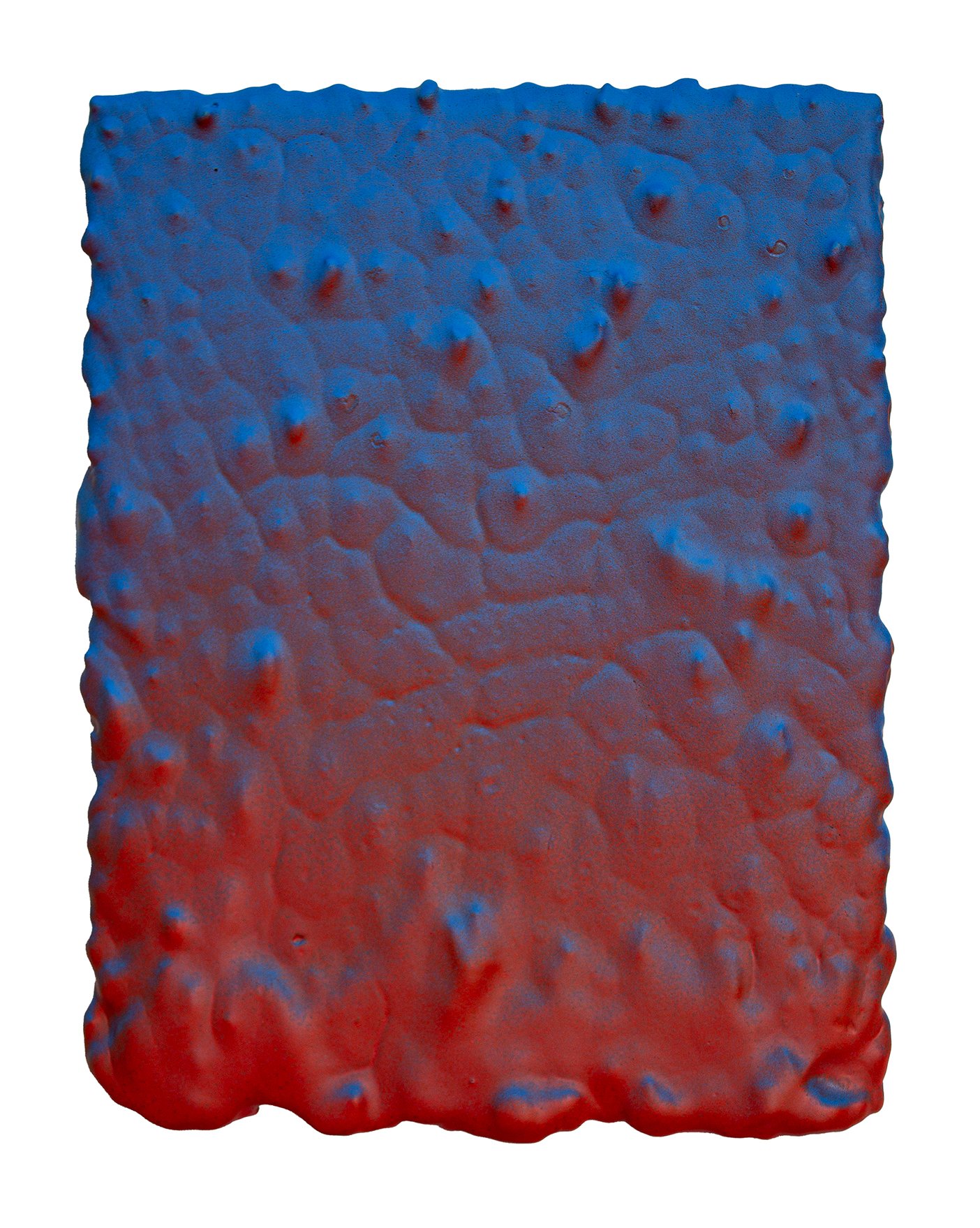
Antediluvian no. 21, 10" x 8", acrylic on panel, 2023
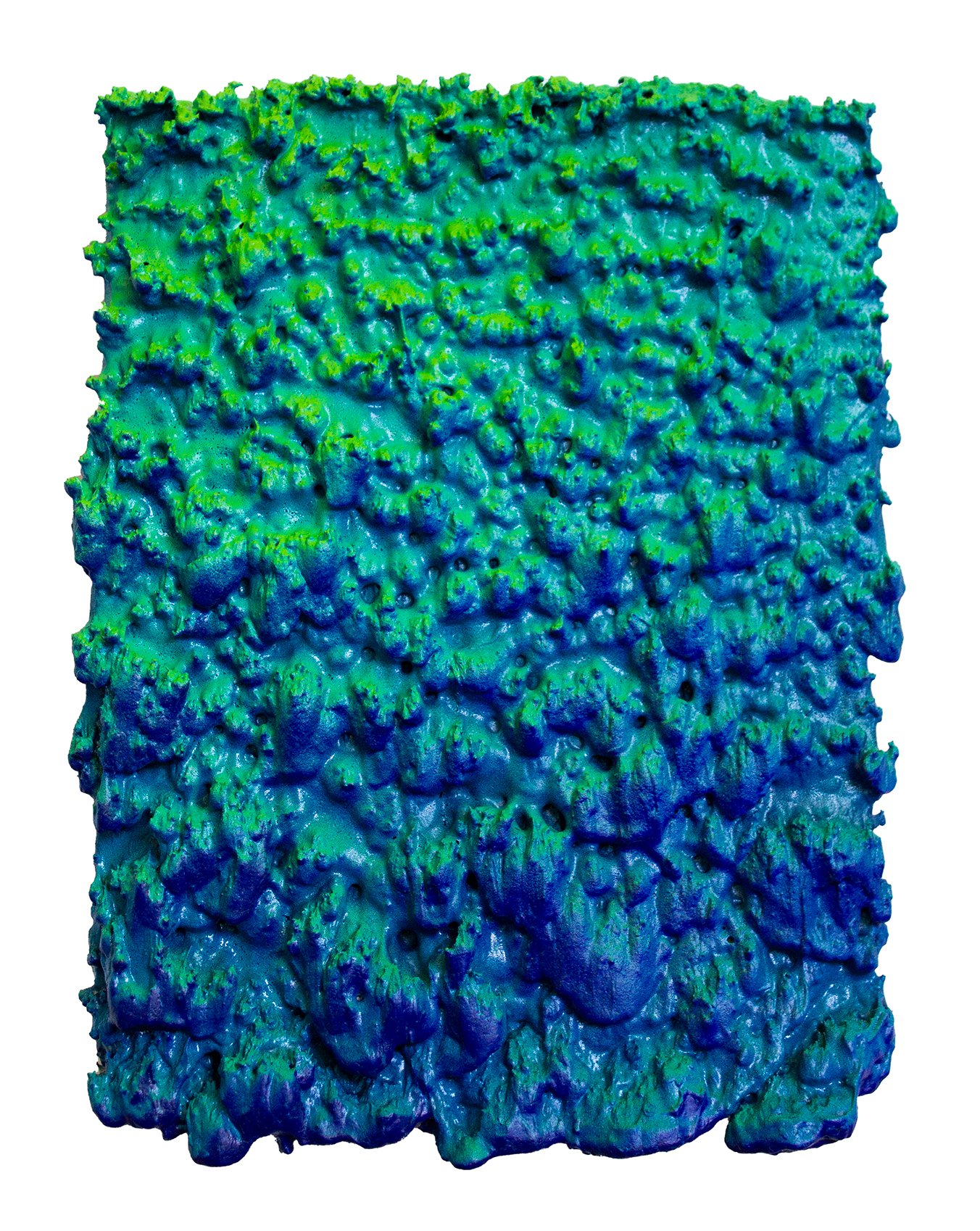
Antediluvian no. 51, 10" x 8", acrylic on panel, 2023-2024

Diluvian no. 10, 14" x 11", acrylic on canvas, 2023

Antediluvian no. 52, 20" x 16", acrylic on panel, 2020-2024
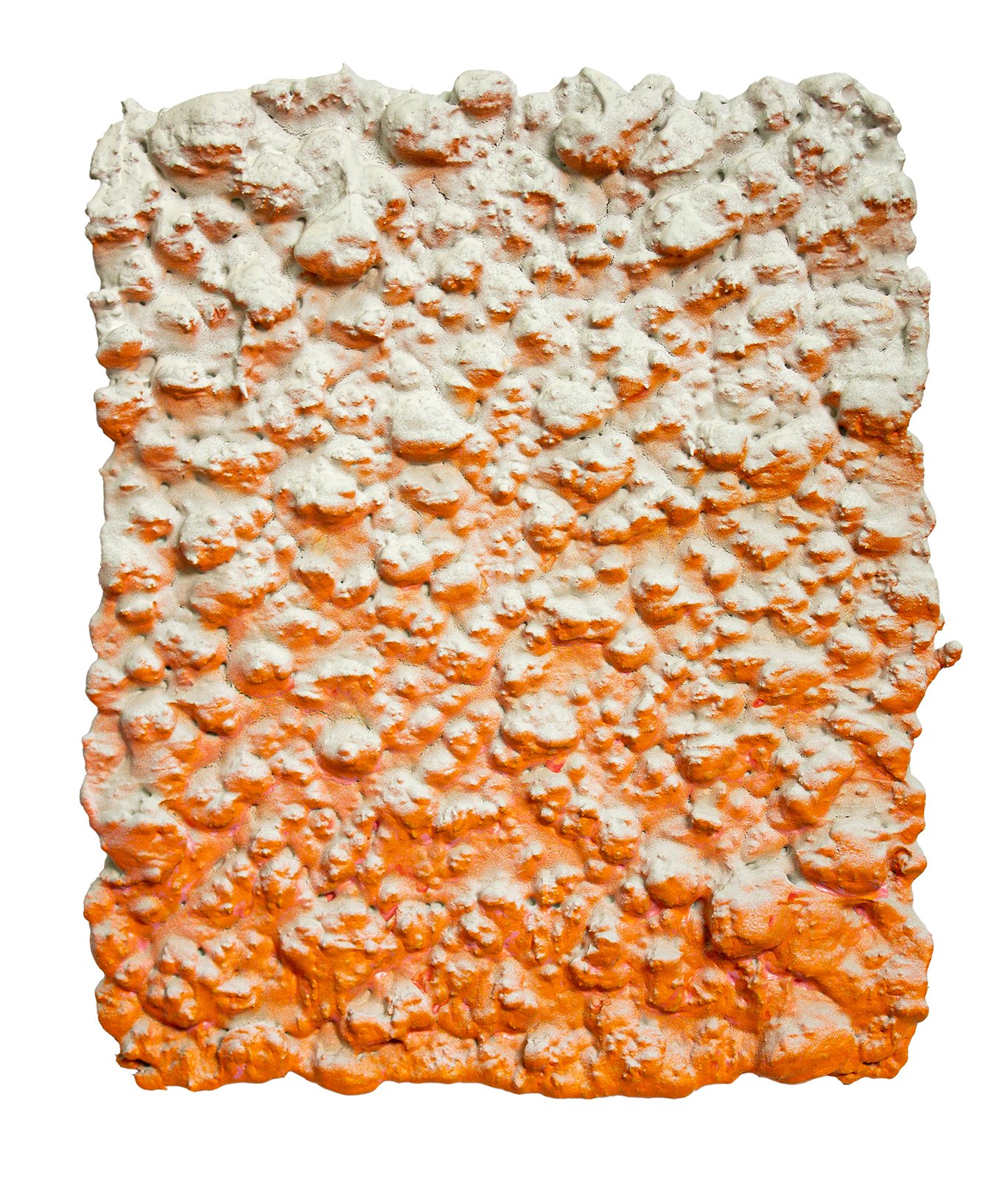
Antediluvian no. 37, 10" x 8", acrylic on panel, 2022-2023
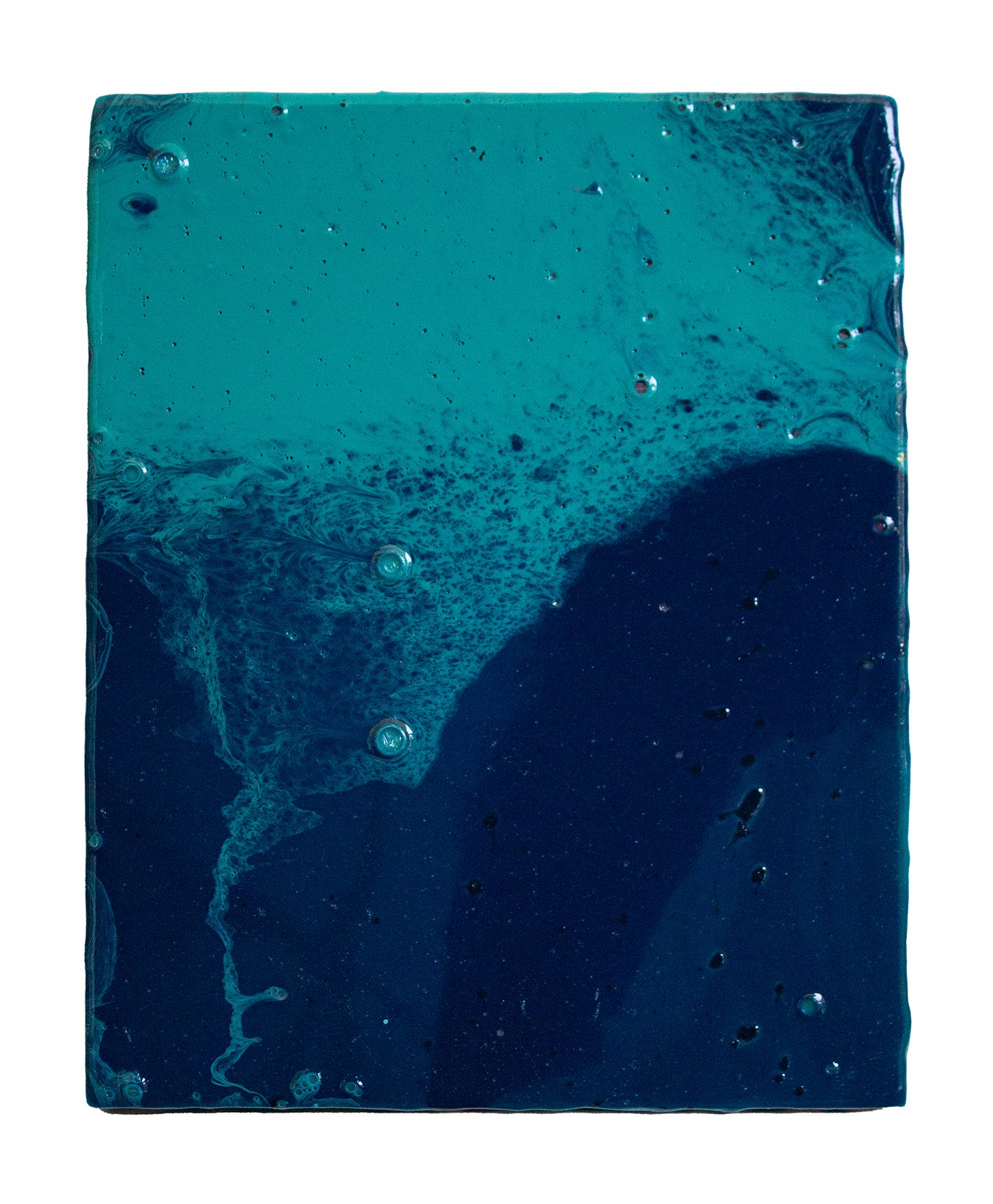
Strata no. 16, 10" x 8", acrylic on panel, 2021 / sold

Antediluvian no. 53, 20" x 16", acrylic on panel, 2020-2024 / sold

Deposit no. 6, 10" x 8", acrylic on panel, 2020-2021

Diluvian no. 12, 14" x 11", acrylic on canvas, 2022

Diluvian no. 14, 14" x 11", acrylic on canvas, 2022

Diluvian no. 24, 14" x 11", acrylic on canvas, 2023

Antediluvian no. 28, 10" x 8", acrylic on panel, 2022

Diluvian no. 7, 14" x 11", acrylic on canvas, 2022

Diluvian no. 49, 14" x 11", acrylic on canvas, 2024
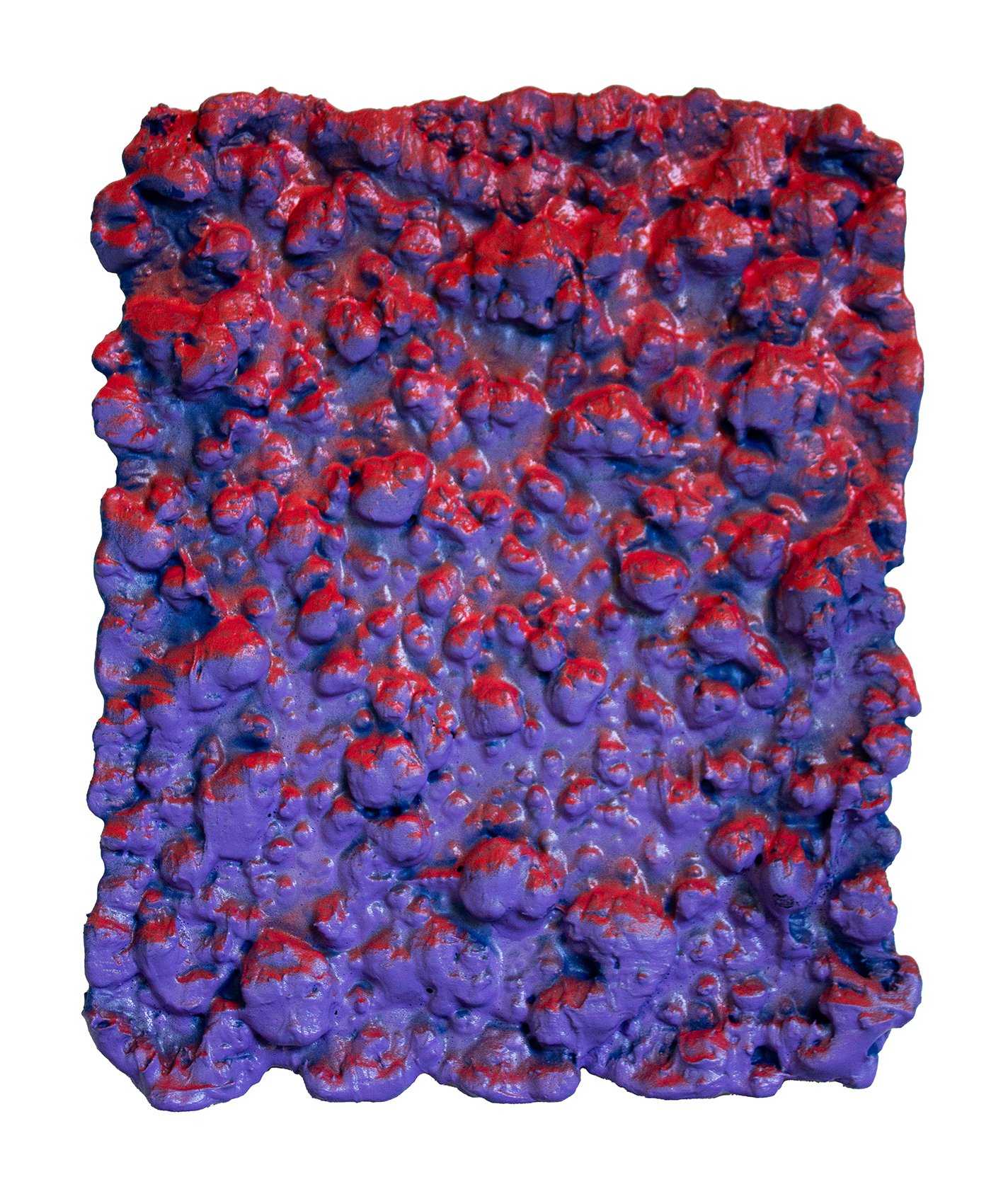
Antediluvian no. 50, 10" x 8", acrylic on panel, 2023-2024
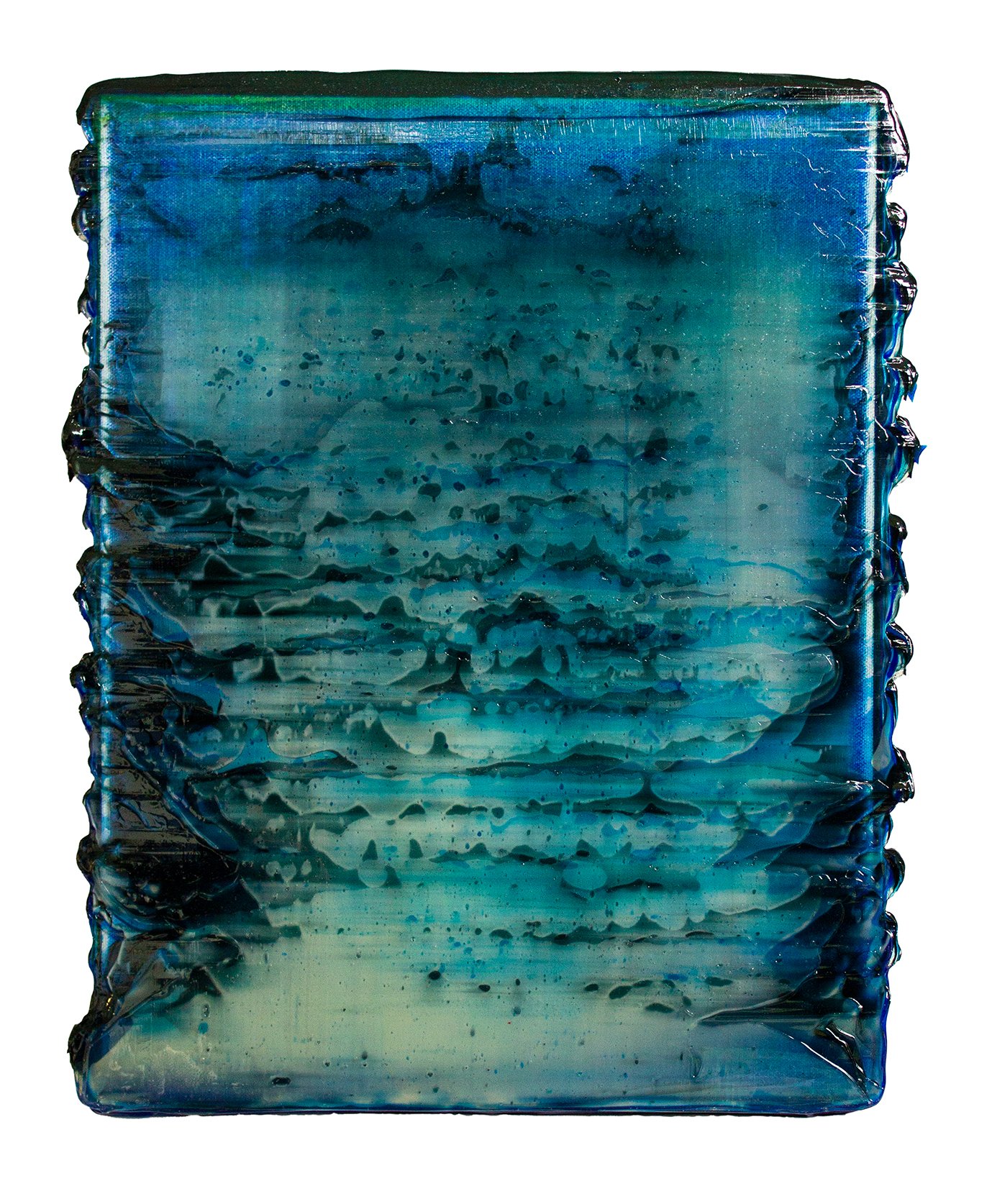
Diluvian no. 43, 14" x 11", acrylic on canvas, 2023
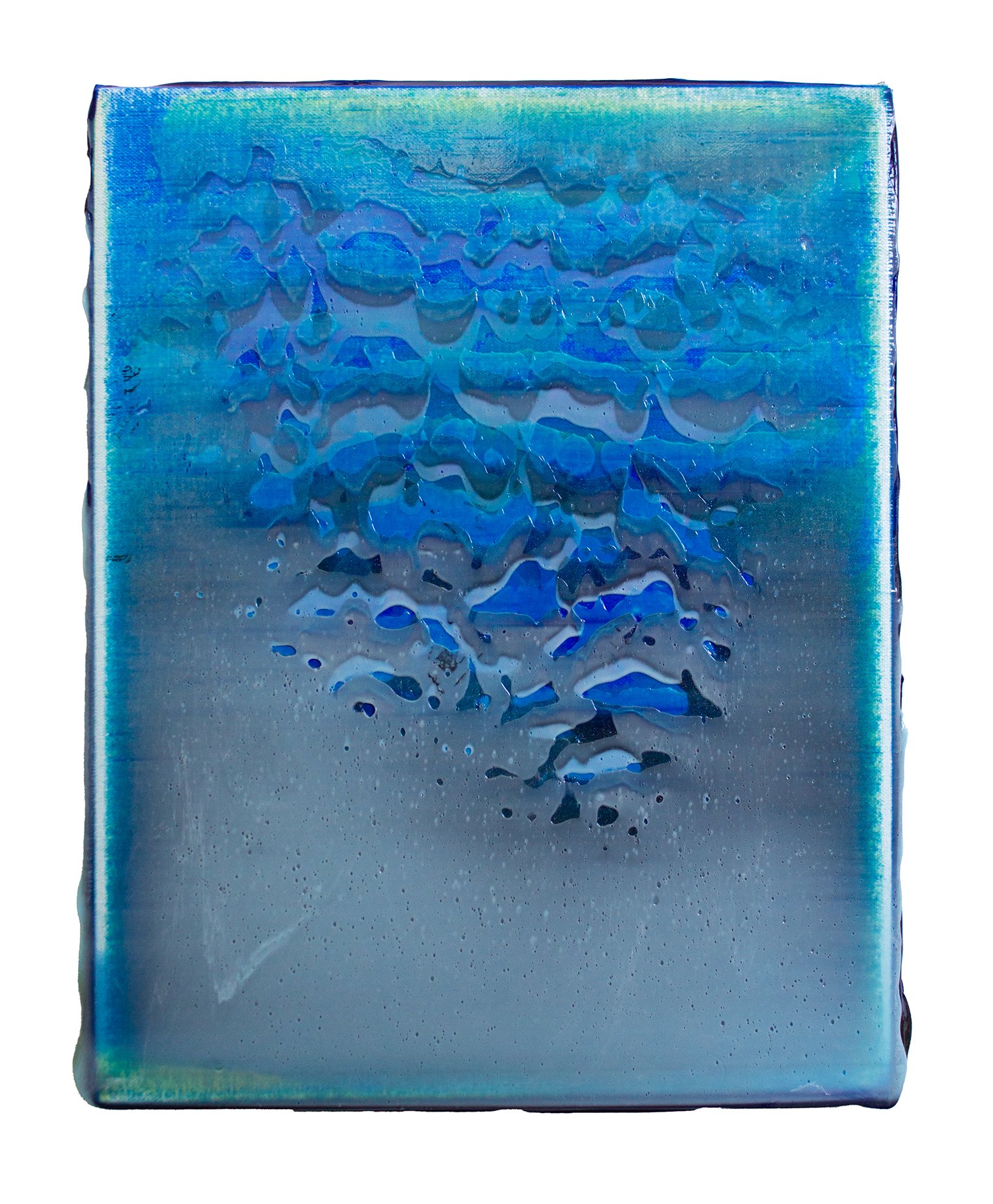
Diluvian no. 48, 14" x 11", acrylic on canvas, 2024
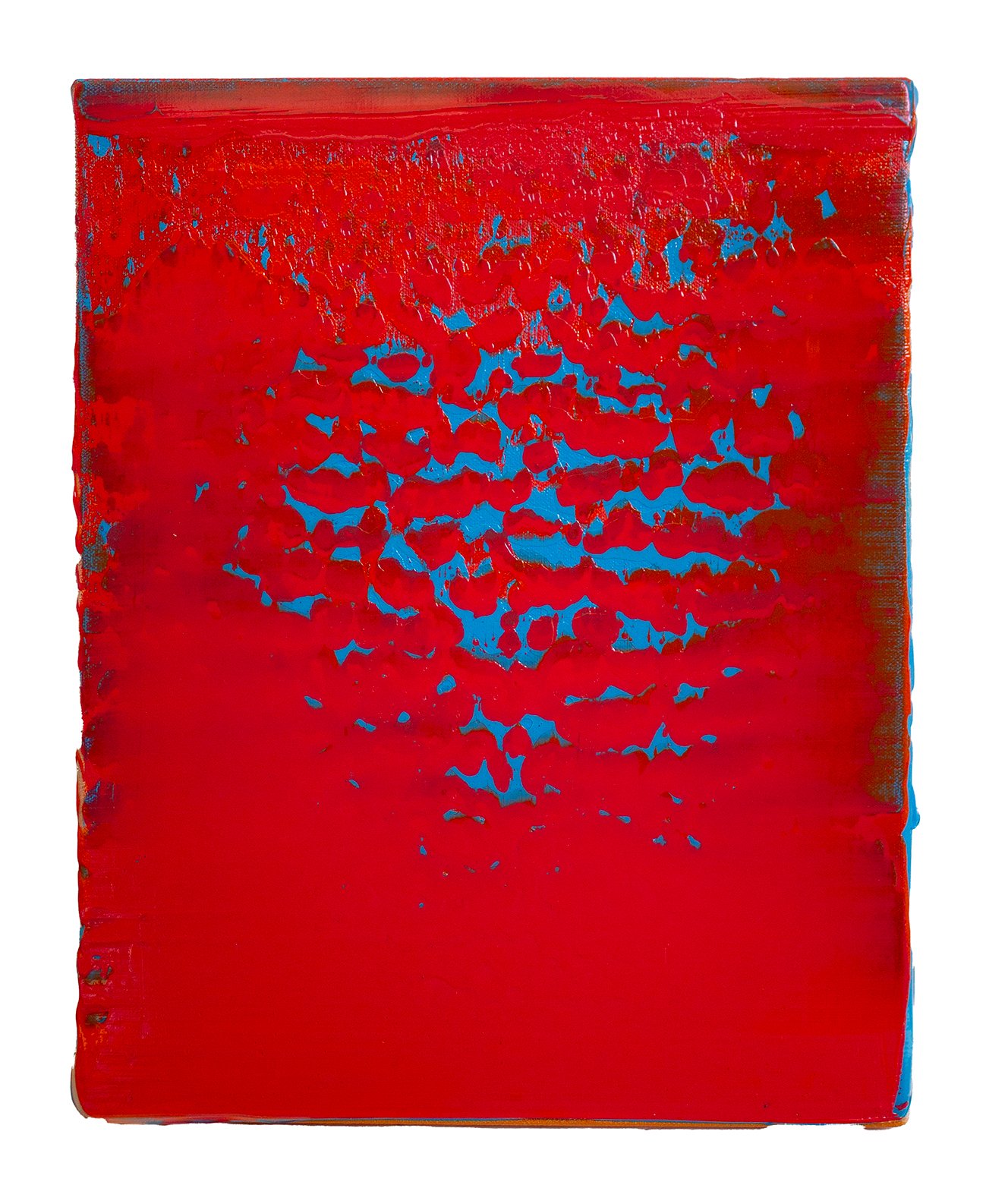
Diluvian no. 54, 14" x 11", acrylic on canvas, 2024

Diluvian no. 55, 14" x 11", acrylic on canvas, 2024
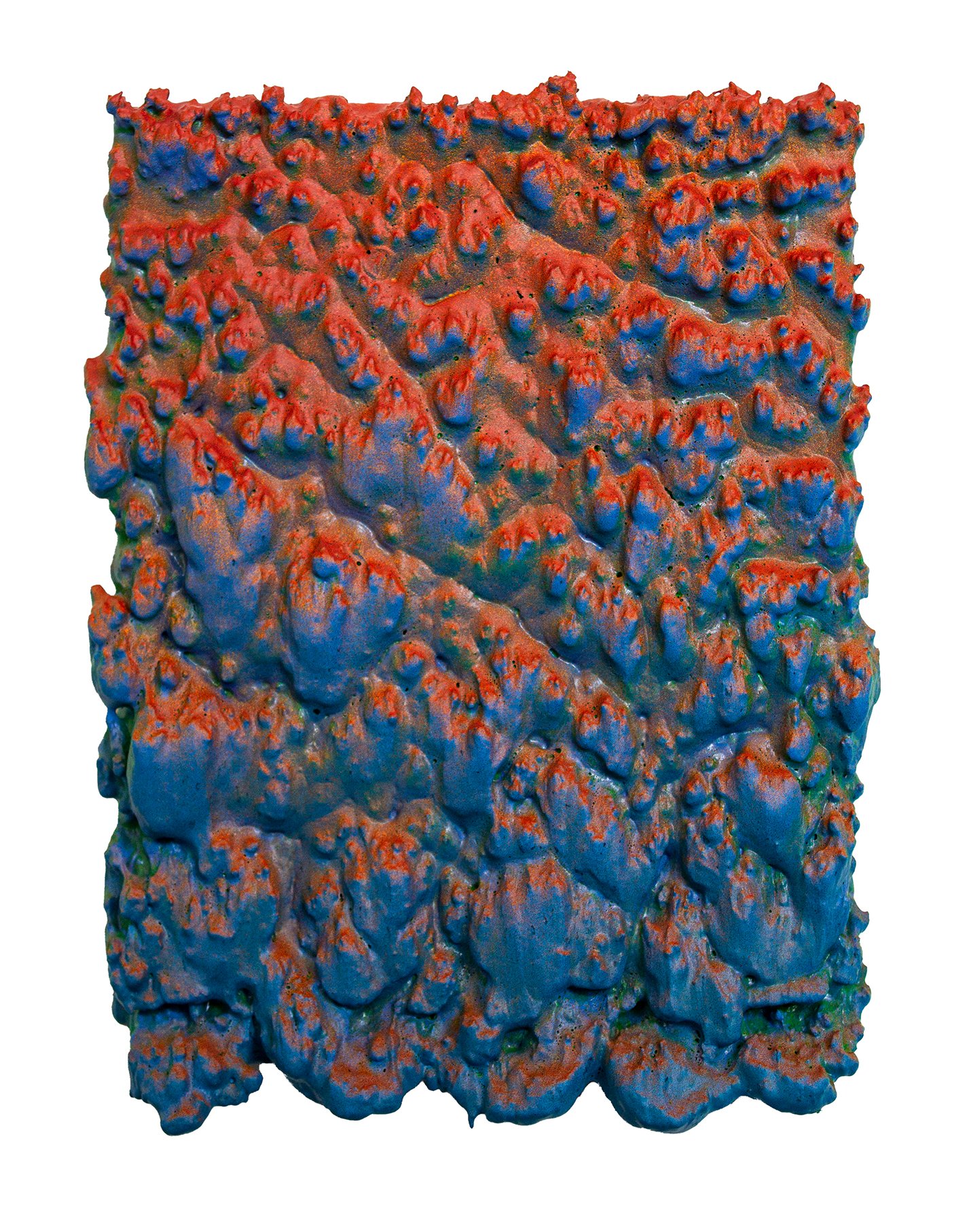
Antediluvian no. 32, 10" x 8", acrylic on panel, 2023

Diluvian no. 12, 14" x 11", acrylic on canvas, 2022
